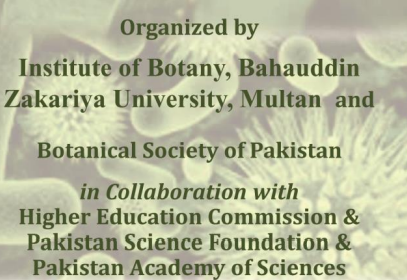
PJB-2021-651
Response of Durum Wheat varieties to P. tritici-repentis pathotypes harboring ToxA and ToxB genes under Tunisian field conditions
salma tissaoui
Abstract
Tan spot disease is becoming more common in Tunisia during the last decade. The search for resistant varieties to the increased Virulence diversity of this pathogen is relevant. Seven of the most commercialized durum wheat genotypes (Maâli, Salim, Razzak, Monastir, Khiar, Inrat100, and Sculture) were inoculated with five characterized strains in order to assess their reaction under field conditions, during two seasons. The variability of Area Under Disease Progress Curve values, showed that Maali genotype is the most susceptible contrary to Monastir and Inrat100. Yield components showed significant differences reflecting a variable tolerance rate of genotypes to disease. The losses were about 22.2% of Thousand Kernel Weight in Maali, 35% of spikes/m2 in Inrat100, 32.5% of kernel number/spike in Monastir, and 25.2% of yield grain in Monastir. A significant strain x variety interaction indicates a significant specificity reaction. The variance analysis revealed that strains I1 and I5 are the most virulent. These strains harboring ToxB gene caused chlorosis symptom on tested genotypes. The others strains induced necrosis with yellow halo and harboring ToxA gene, are less virulent. In fact, the strains ToxB and ToxA genes may be responsible for the Tsc2 and Tsn1 sensitivity genes respectively, in all tested genotypes.
To Cite this article:


